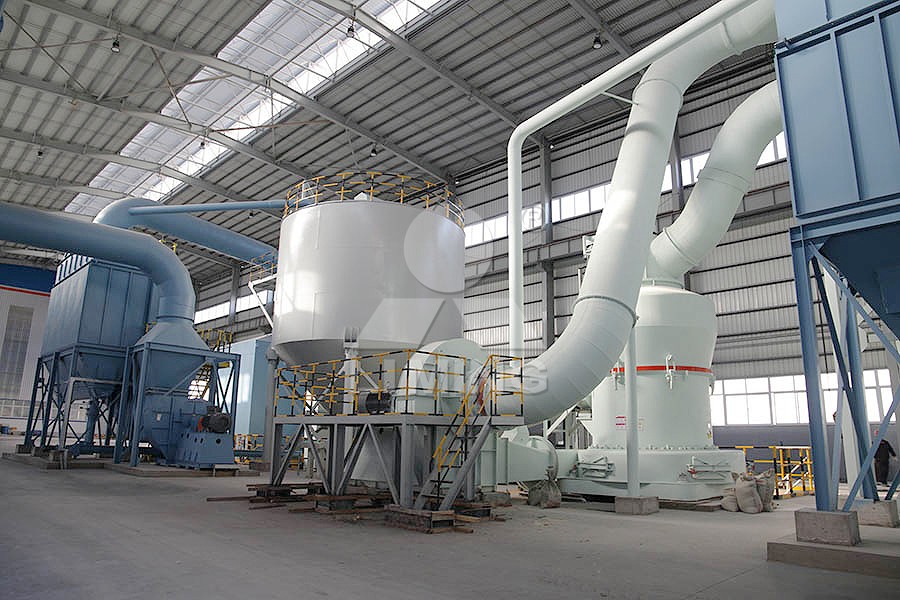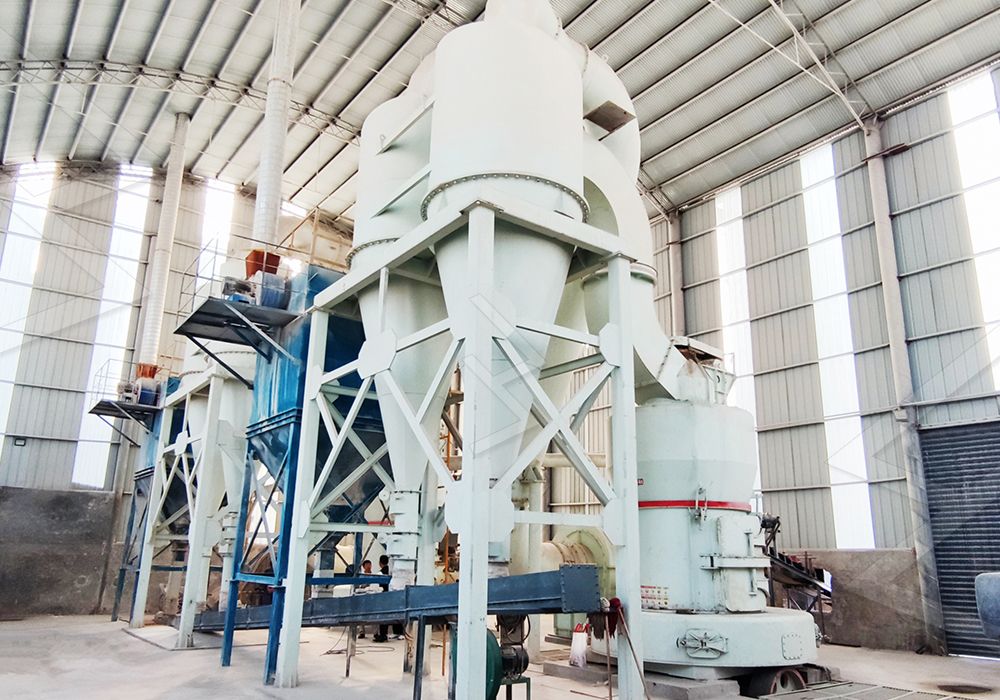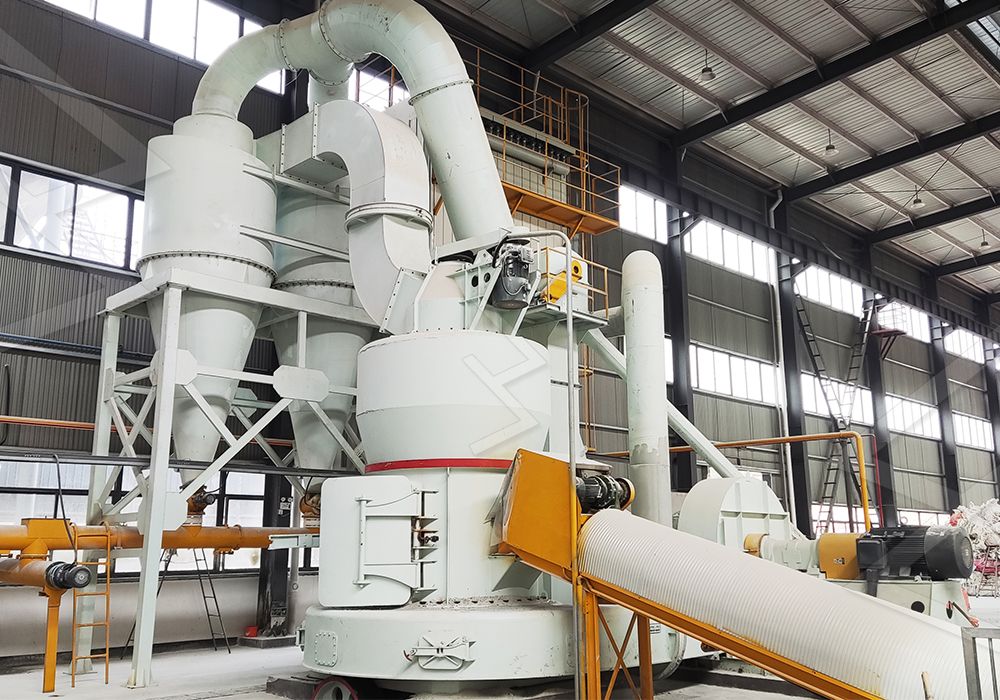4R9918 Raymond Mill: Technical Specifications and Industrial Applications
4R9918 Raymond Mill: Technical Specifications and Industrial Applications
For decades, the Raymond Mill has stood as a cornerstone in industrial grinding operations, and the 4R9918 model continues this legacy with enhanced capabilities. This workhorse equipment delivers reliable performance across numerous sectors, handling materials with hardness below 7 on the Mohs scale and humidity under 6%.

Technical Specifications Overview
The 4R9918 designation reveals key structural information: “4R” indicates four grinding rollers, while “9918” specifies roller diameter (99cm) and height (18cm). This configuration delivers a grinding capacity ranging from 1.5 to 5 tons per hour, depending on material characteristics and final product fineness requirements.
With an input size limitation of <25mm, the mill produces powders adjustable between 80-325 mesh. The main motor power typically ranges from 75-90kW, driving the grinding ring via a central shaft and planetary gearbox. The integrated powder separator ensures precise particle size control, while the pulse dust collection system maintains clean operation.
Industrial Applications
The versatility of the 4R9918 Raymond Mill makes it suitable for numerous industries. In mining operations, it processes limestone, gypsum, barite, and dolomite. Construction applications include cement raw meal preparation and fly ash grinding. The chemical industry utilizes it for pigment production and fertilizer processing, while the metallurgical sector employs it for ore preparation.
One notable advantage is its ability to handle temperature-sensitive materials without degradation, thanks to its efficient air circulation system that simultaneously grinds and dries materials. This makes it particularly valuable for processing hydrated minerals and other moisture-containing substances.

Modern Alternatives for Enhanced Performance
While the 4R9918 remains a reliable choice for many applications, technological advancements have produced more efficient alternatives. For operations requiring ultra-fine powders beyond 325 mesh, we recommend considering our MW Ultrafine Grinding Mill. This advanced system achieves fineness between 325-2500 meshes with significantly higher production efficiency.
The MW Ultrafine Grinding Mill represents a leap forward in grinding technology, featuring a unique grinding chamber design without rolling bearings or screws that eliminates common failure points. With an input size capacity of 0-20mm and throughput of 0.5-25 tph, it handles materials including limestone, calcite, dolomite, and various industrial minerals with exceptional energy efficiency.
For operations requiring vertical grinding solutions, our LUM Ultrafine Vertical Grinding Mill offers another sophisticated alternative. Integrating ultrafine powder grinding, grading, and transporting in a single unit, it achieves remarkable energy savings of 30%-50% compared to conventional mills while processing materials up to 10mm input size at 5-18 tph capacity.

Operational Considerations
Proper maintenance of the 4R9918 Raymond Mill ensures extended service life and consistent performance. Regular inspection of grinding rollers and rings for wear, monitoring of lubrication systems, and timely replacement of worn components are essential. The centralized control system allows operators to adjust fineness and feeding rate according to production requirements.
The environmental performance of modern grinding equipment has improved significantly, with pulse-jet dust collectors reducing particulate emissions to meet stringent regulatory standards. Noise reduction technologies further enhance workplace safety and comfort.
Frequently Asked Questions
What is the typical lifespan of grinding components in the 4R9918 Raymond Mill?
With proper operation and maintenance, grinding rollers and rings typically last 1,500-2,000 hours before requiring replacement, depending on material abrasiveness.
Can the 4R9918 handle moist materials effectively?
While designed for materials with humidity below 6%, the integrated air heating system can handle moderately moist materials, though extremely wet feed may require pre-drying for optimal performance.
How does the MW Ultrafine Grinding Mill compare to traditional Raymond Mills?
The MW series achieves significantly finer product sizes (up to 2500 mesh versus 325 mesh), higher production capacity per energy unit, and features advanced powder separation technology for superior product quality.
What safety features are incorporated in modern grinding mills?
Contemporary designs include mechanical and electronic limiting technologies to prevent destructive impacts, automated lubrication systems, and comprehensive dust collection to ensure operator safety and environmental compliance.
Can these mills be integrated with existing production lines?
Yes, both the 4R9918 and our advanced MW and LUM models are designed for seamless integration with existing crushing, conveying, and packaging systems, with customizable configurations available.
